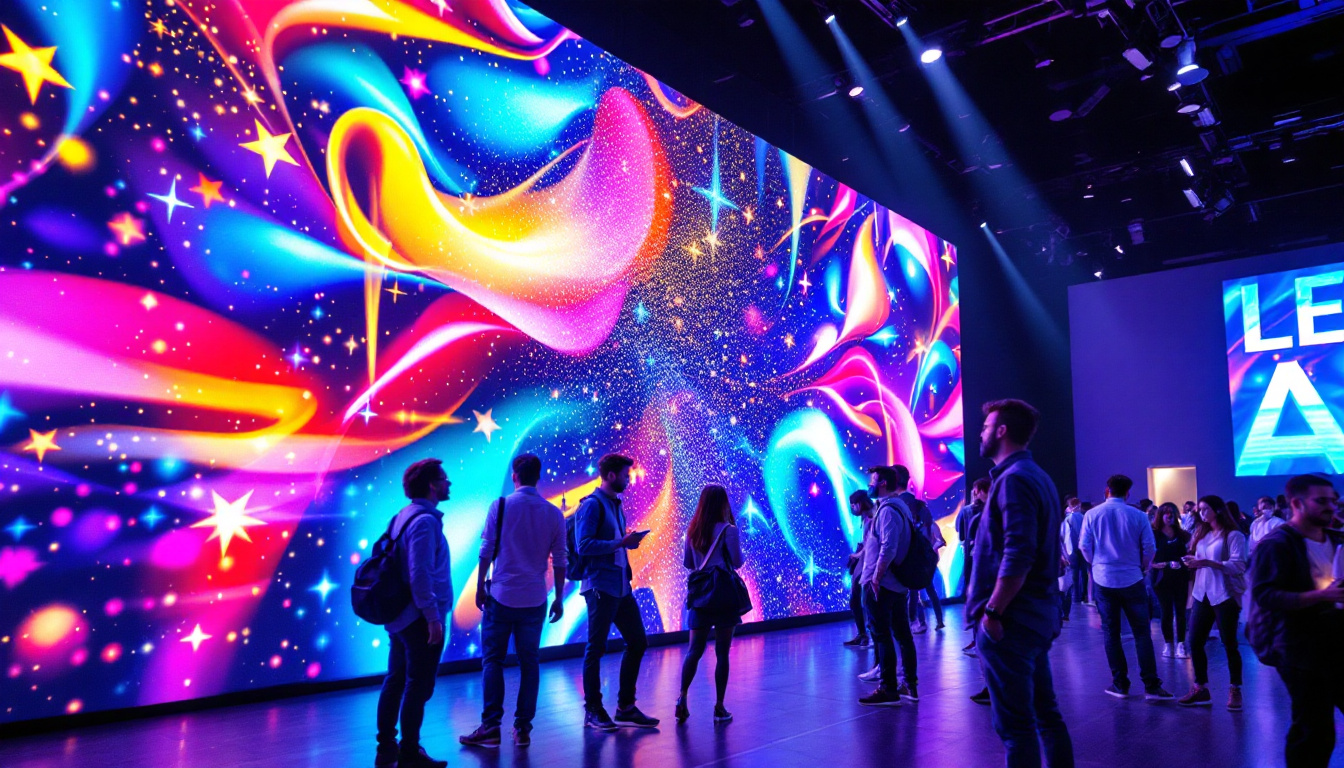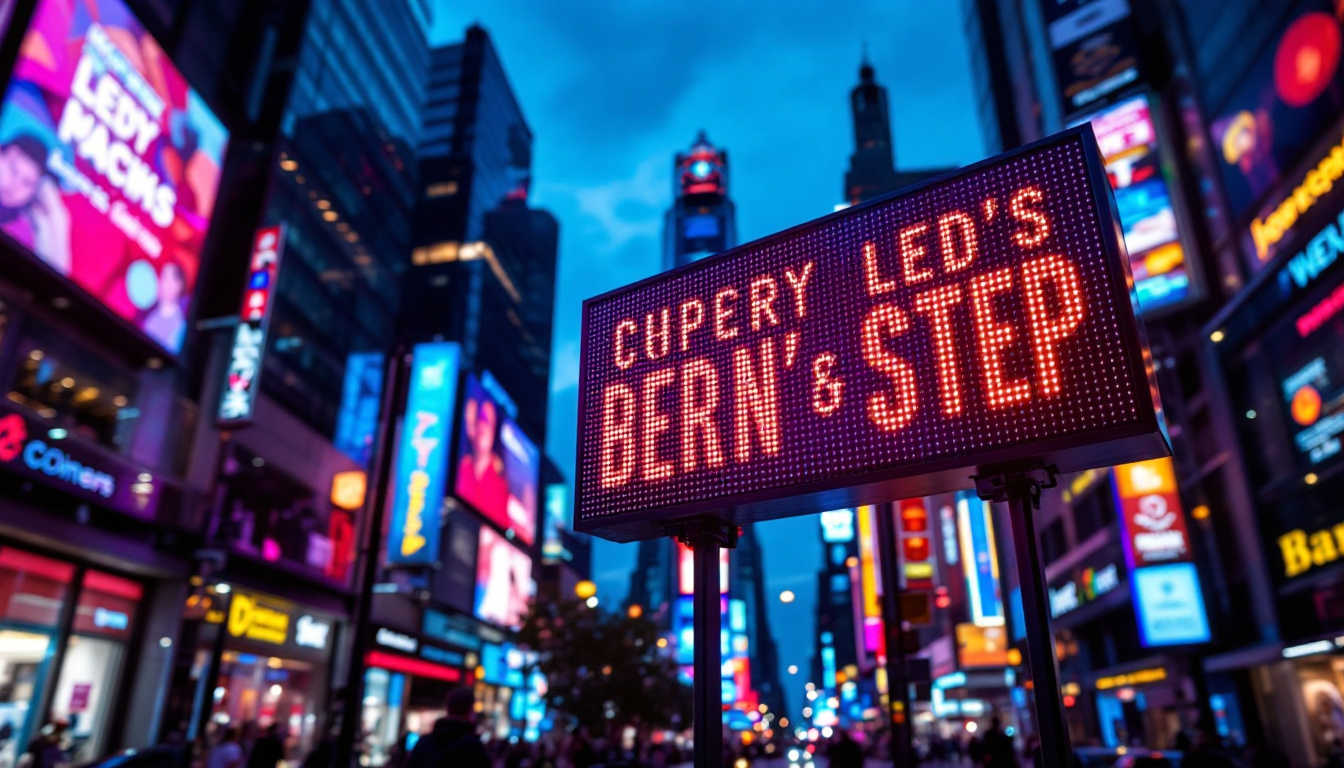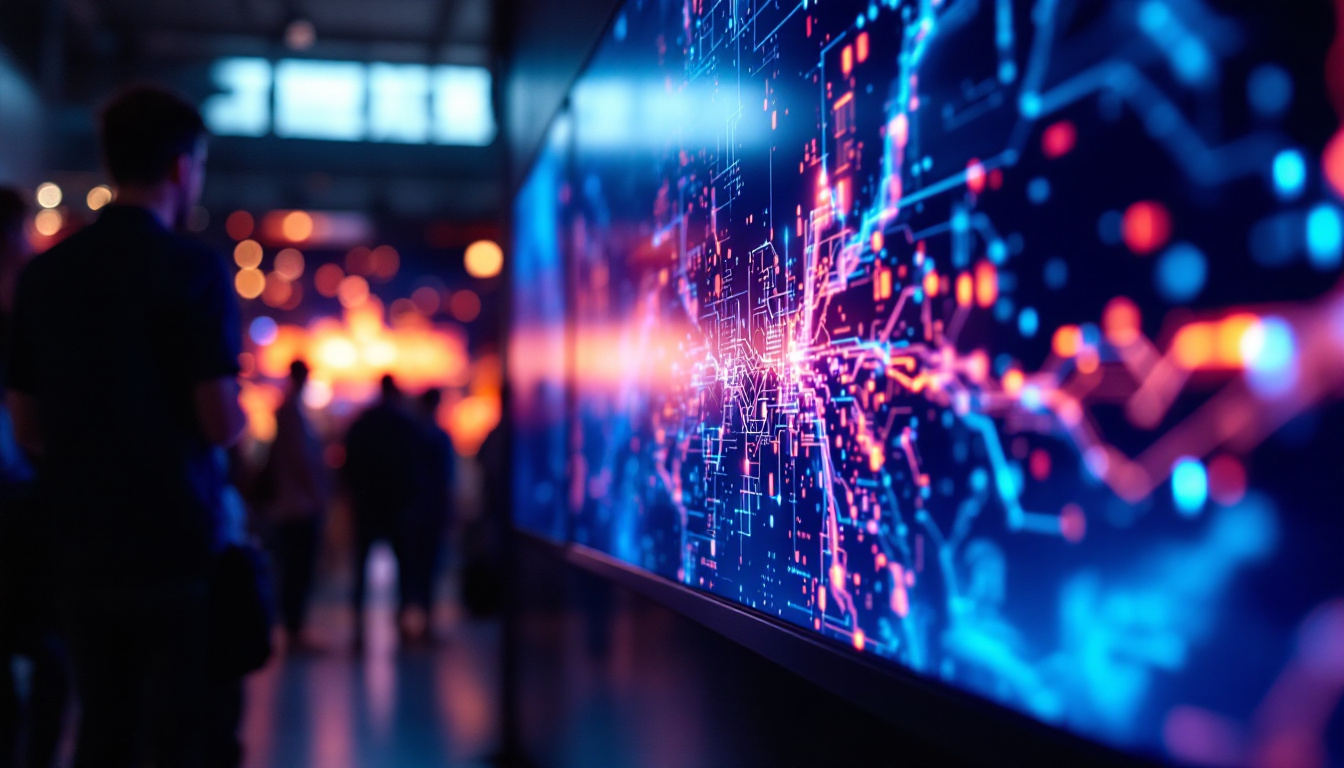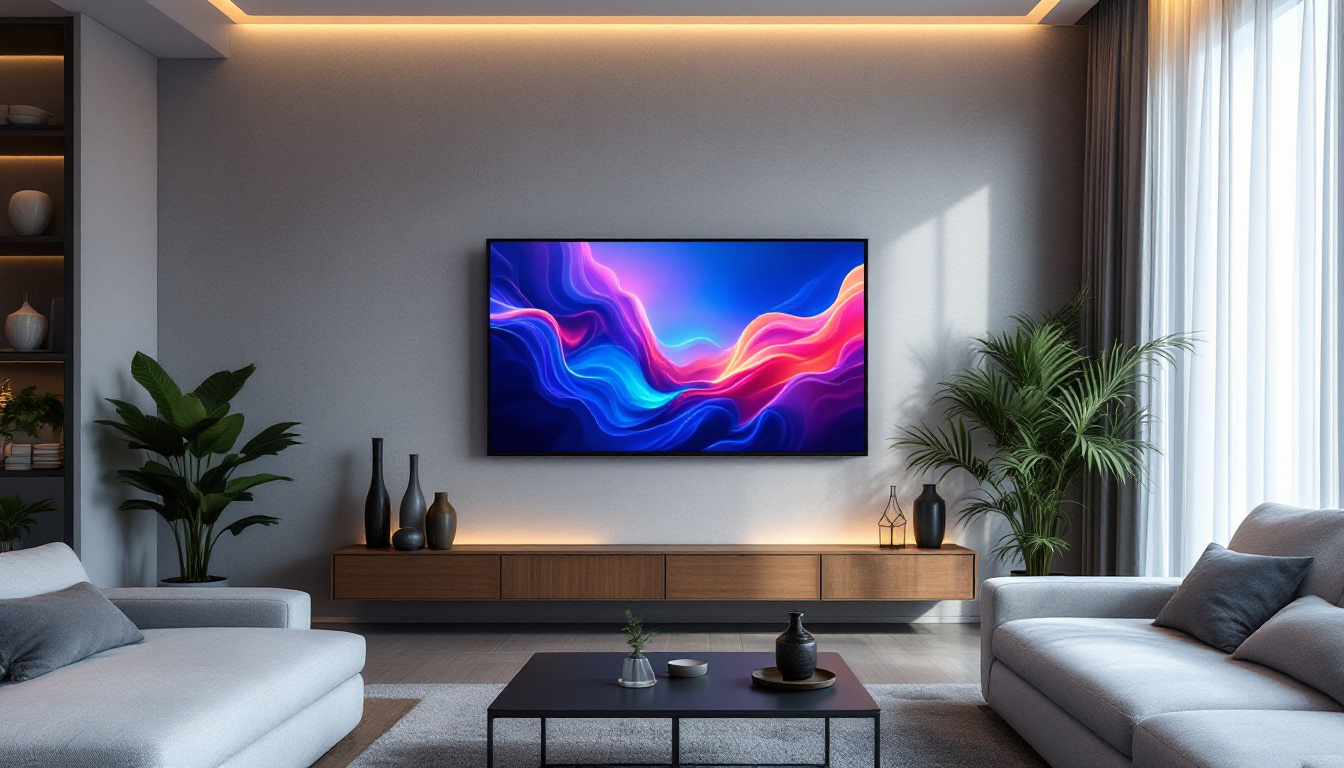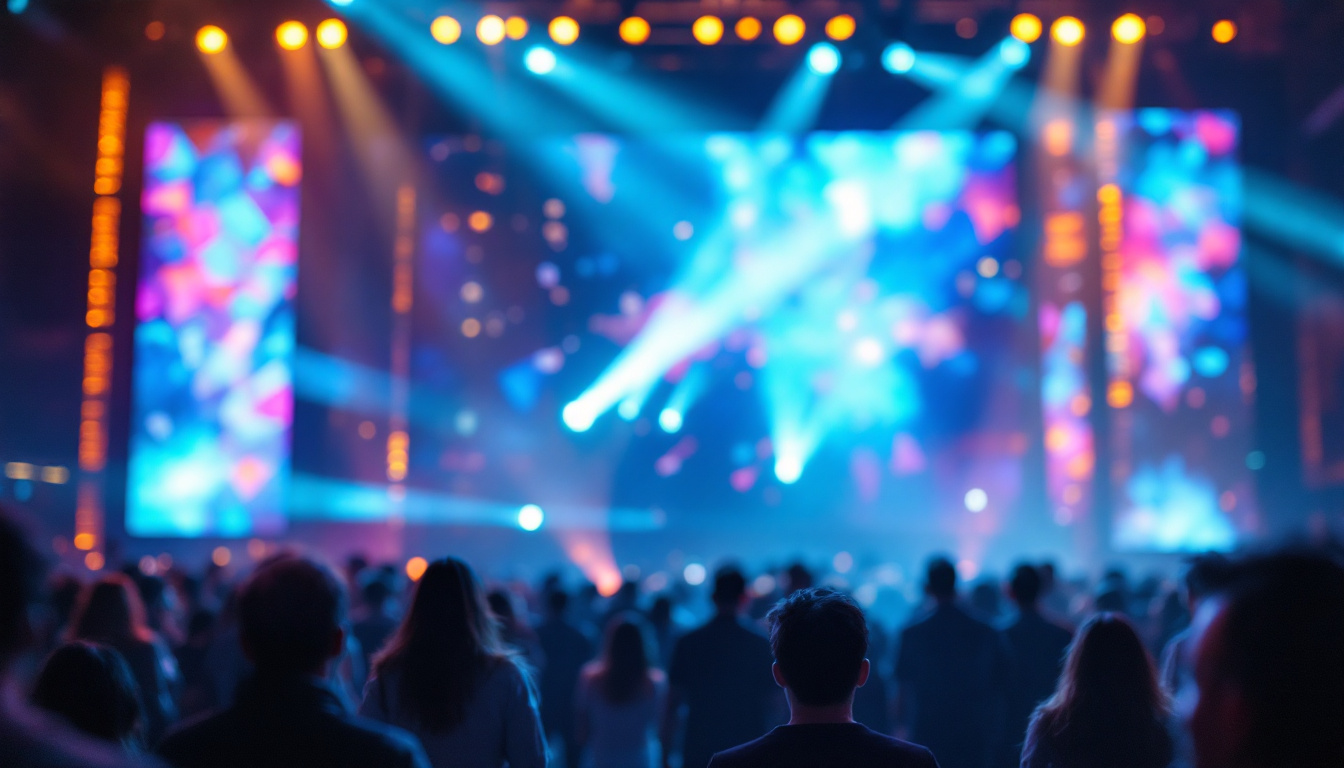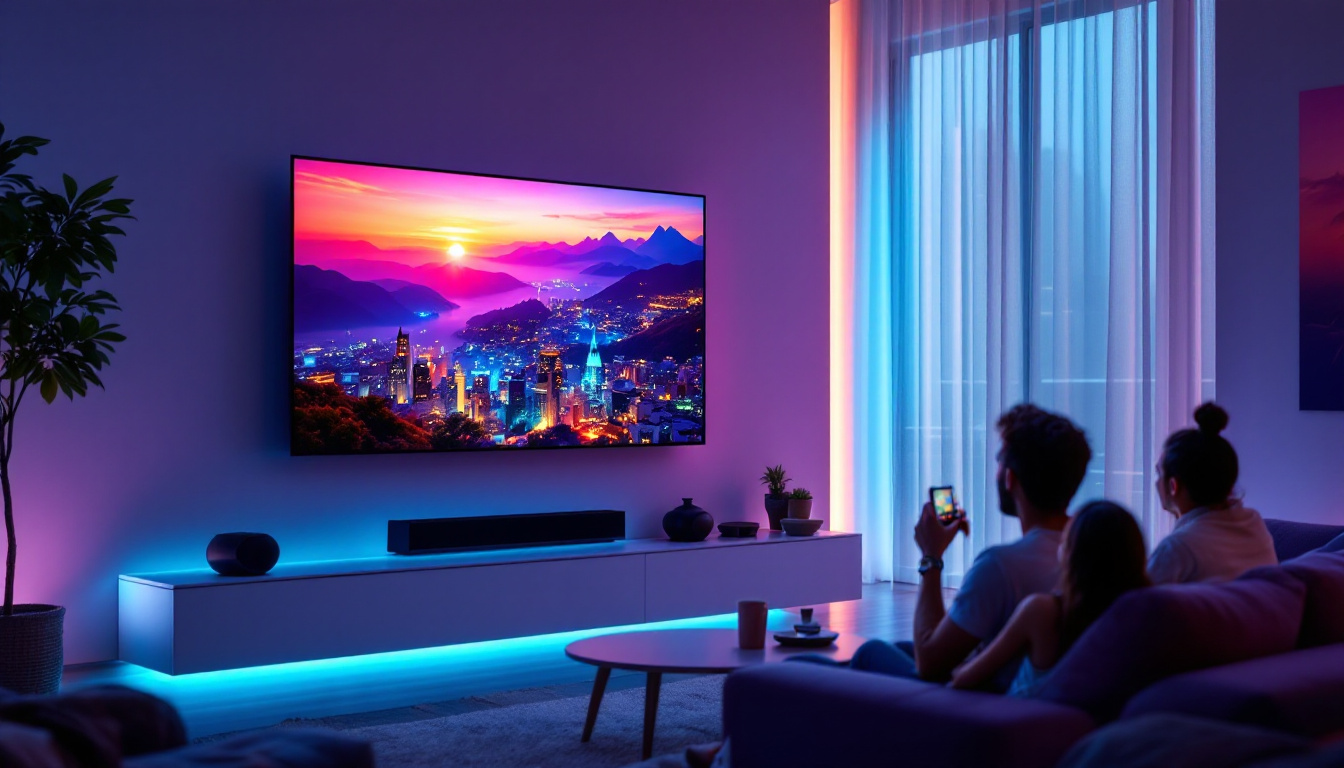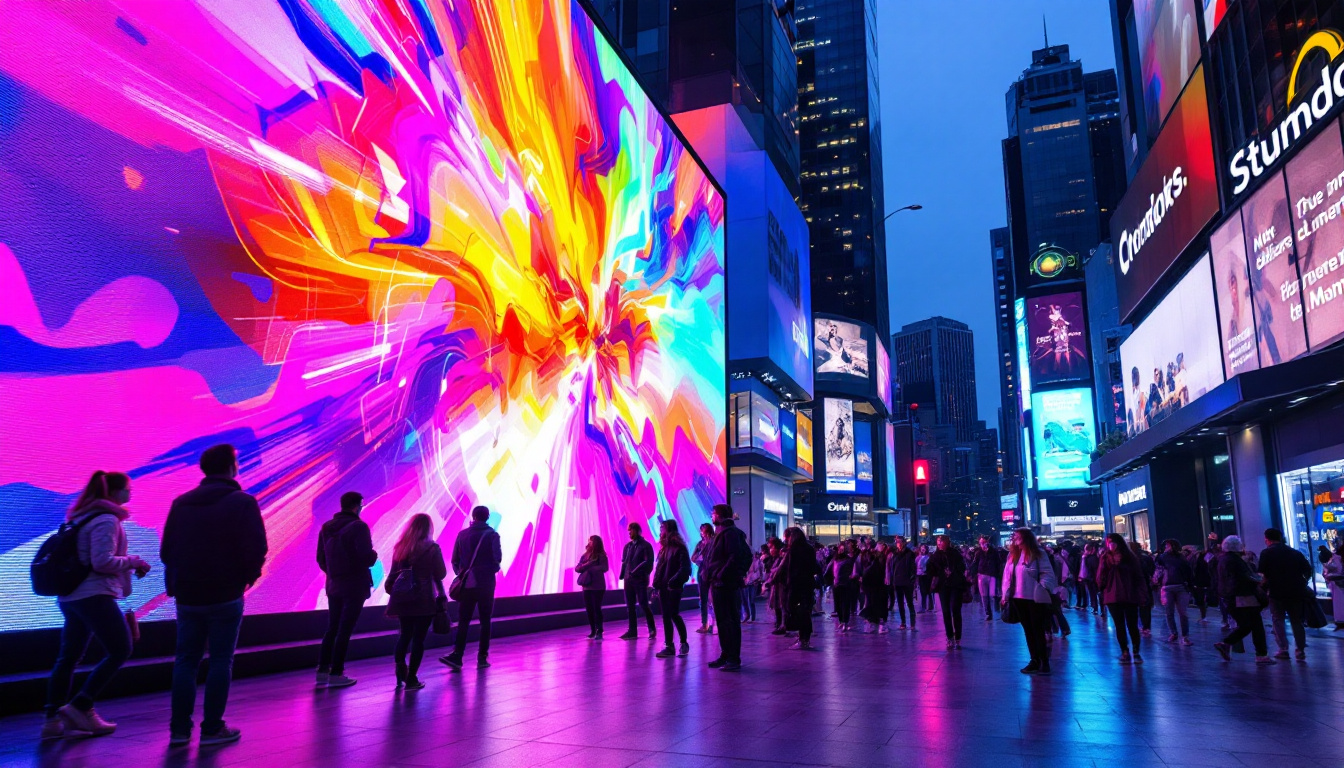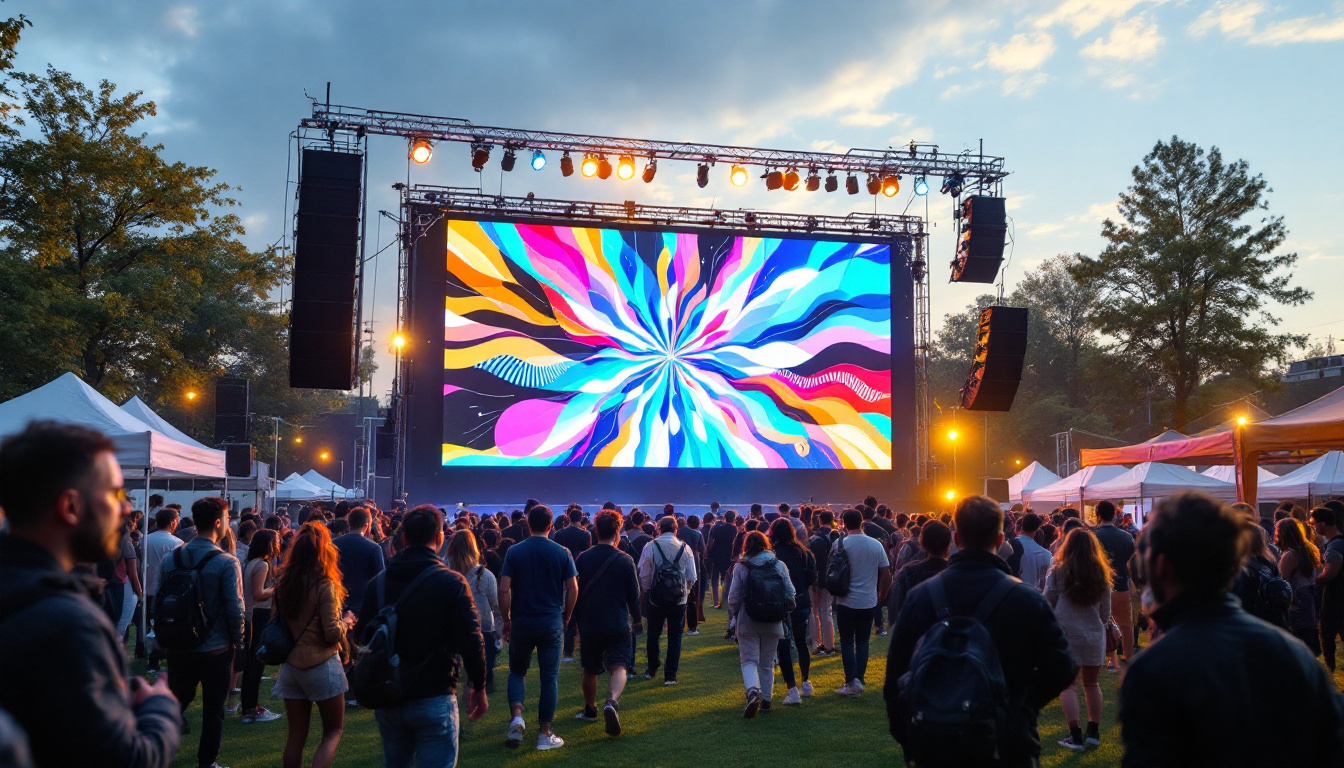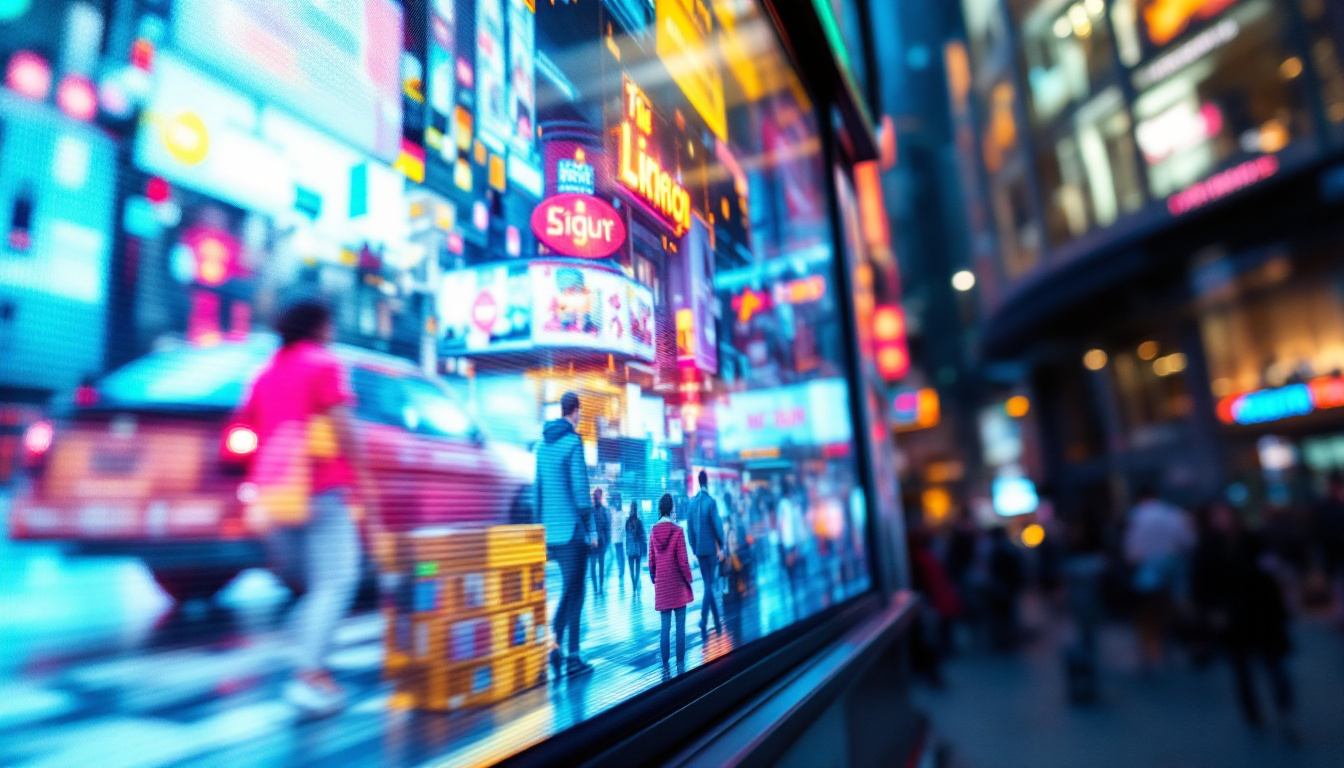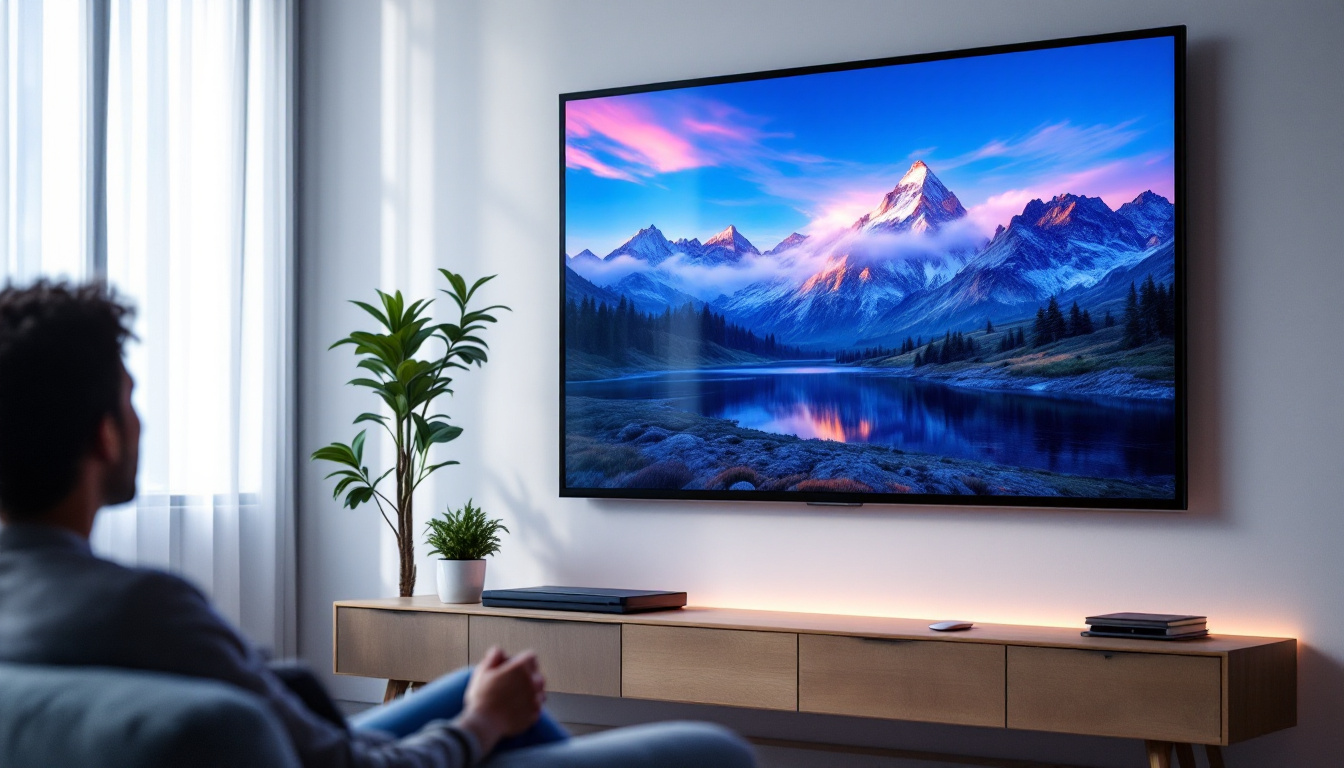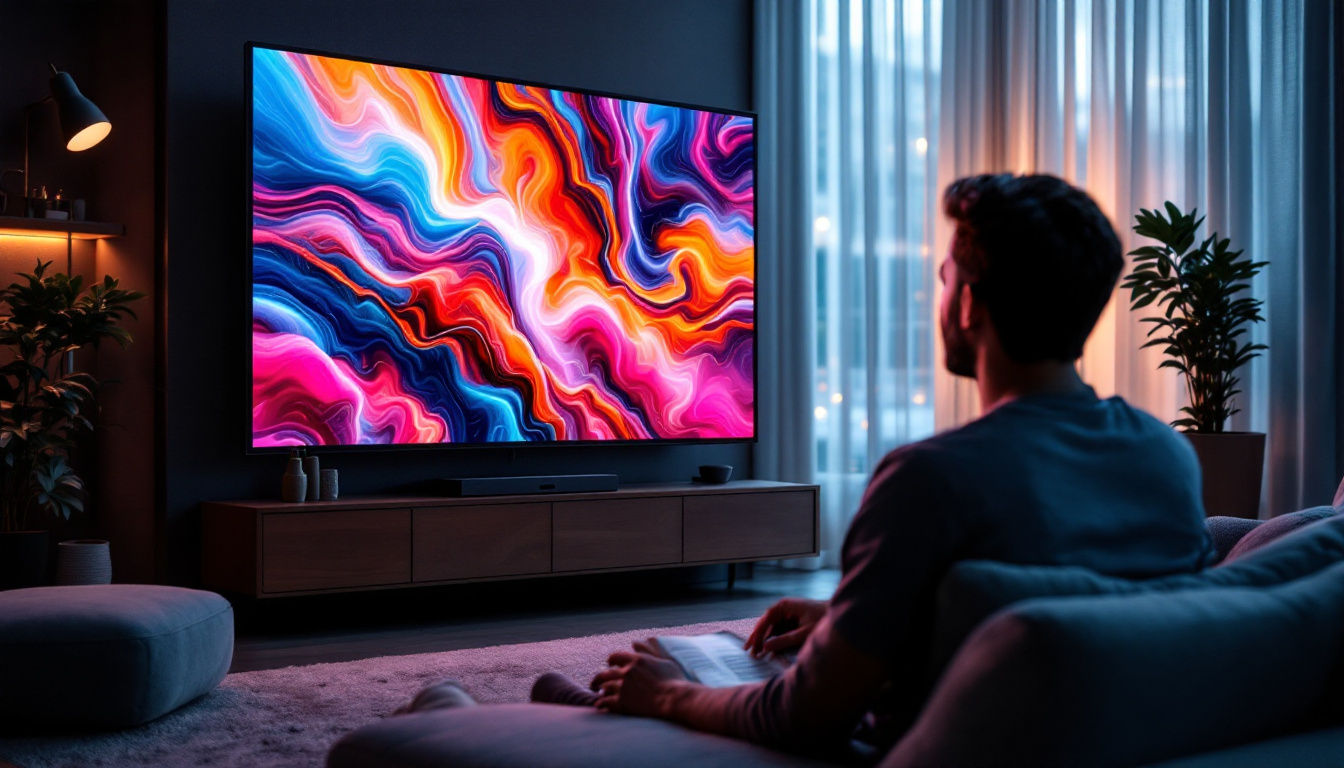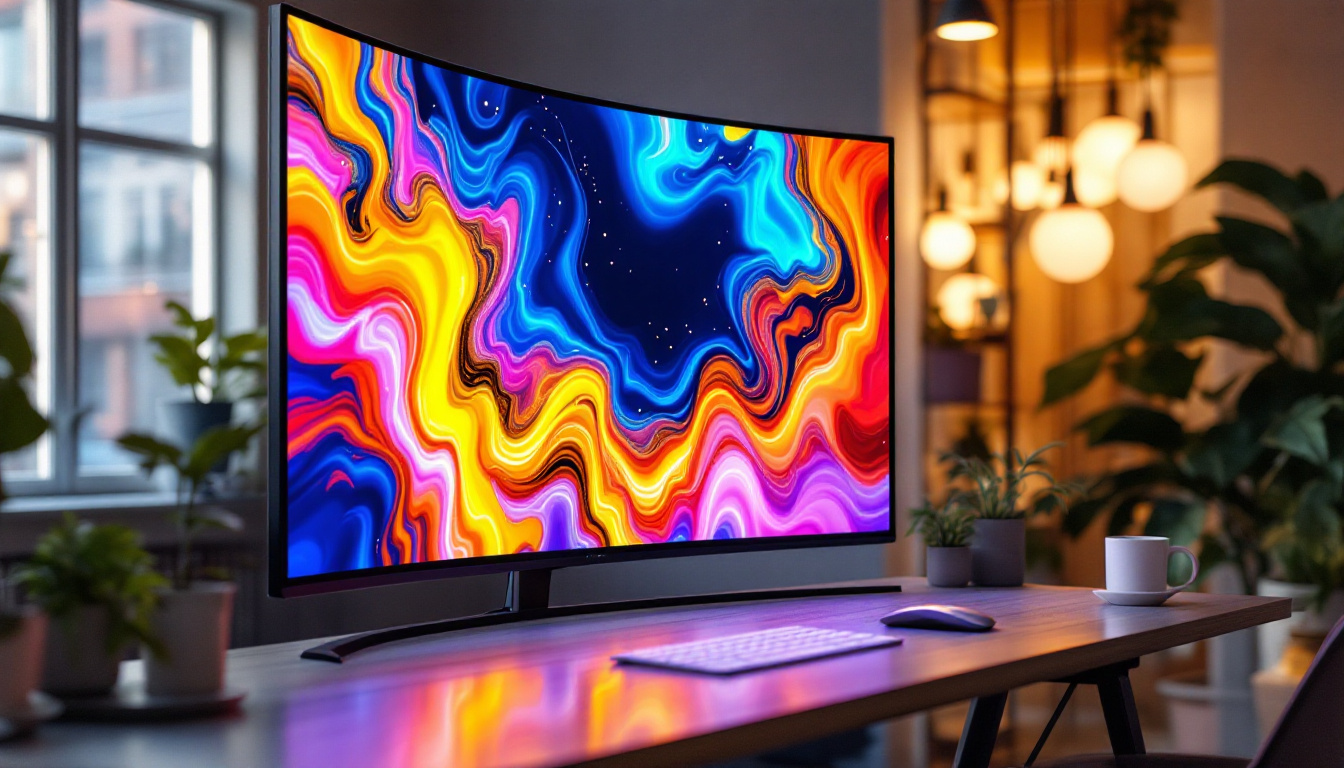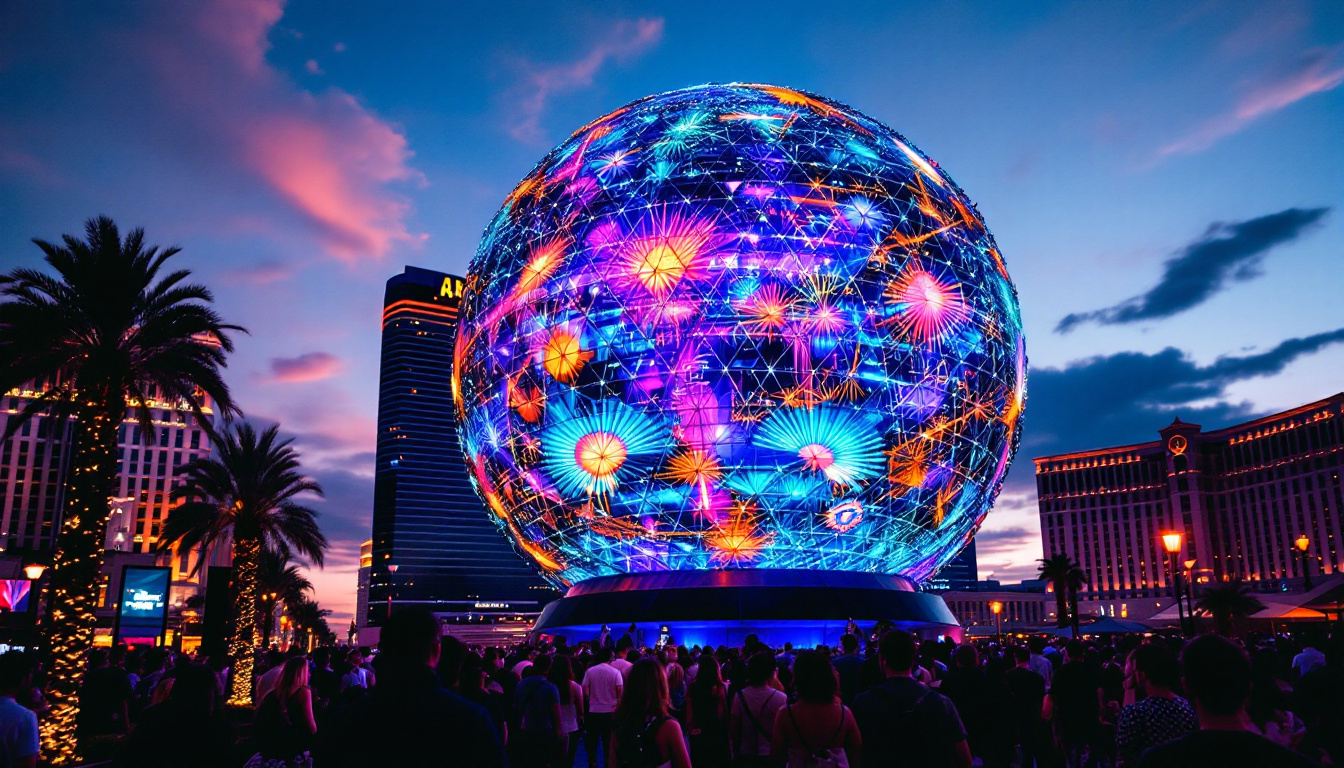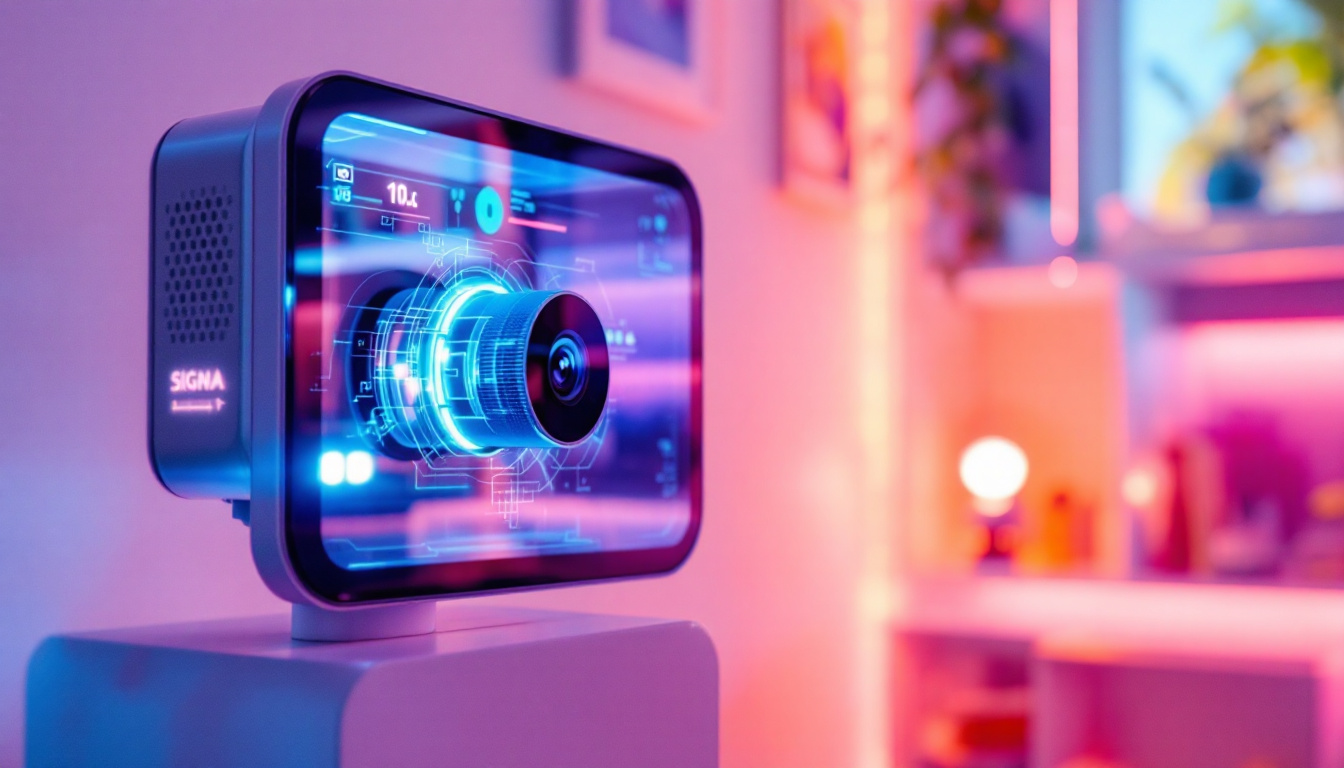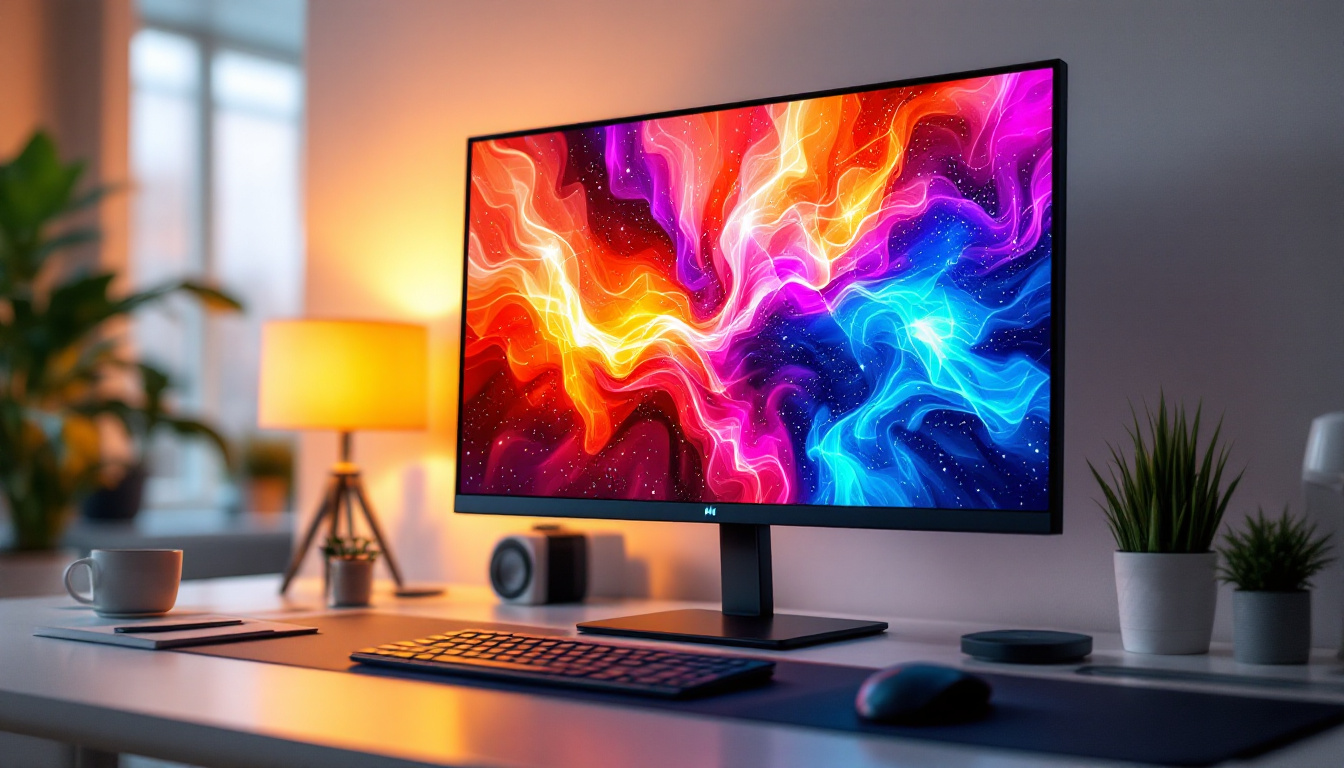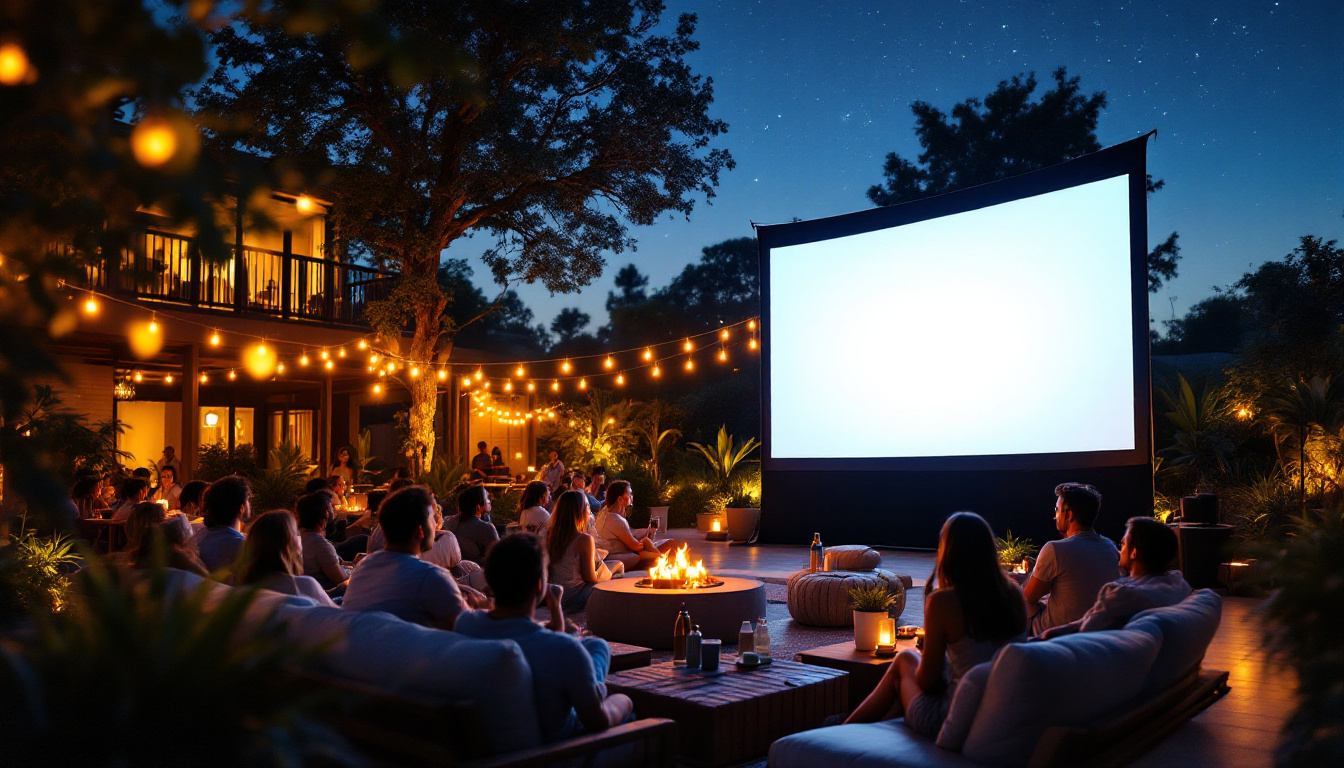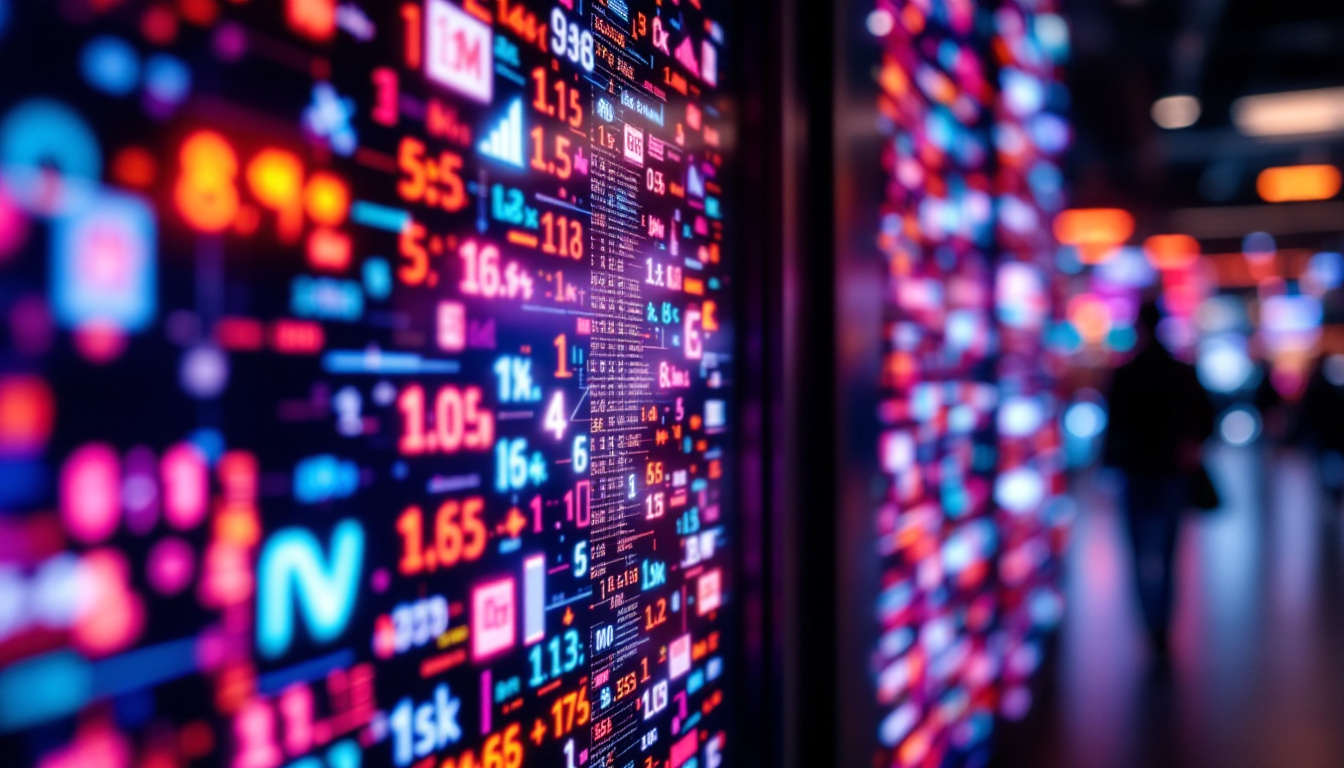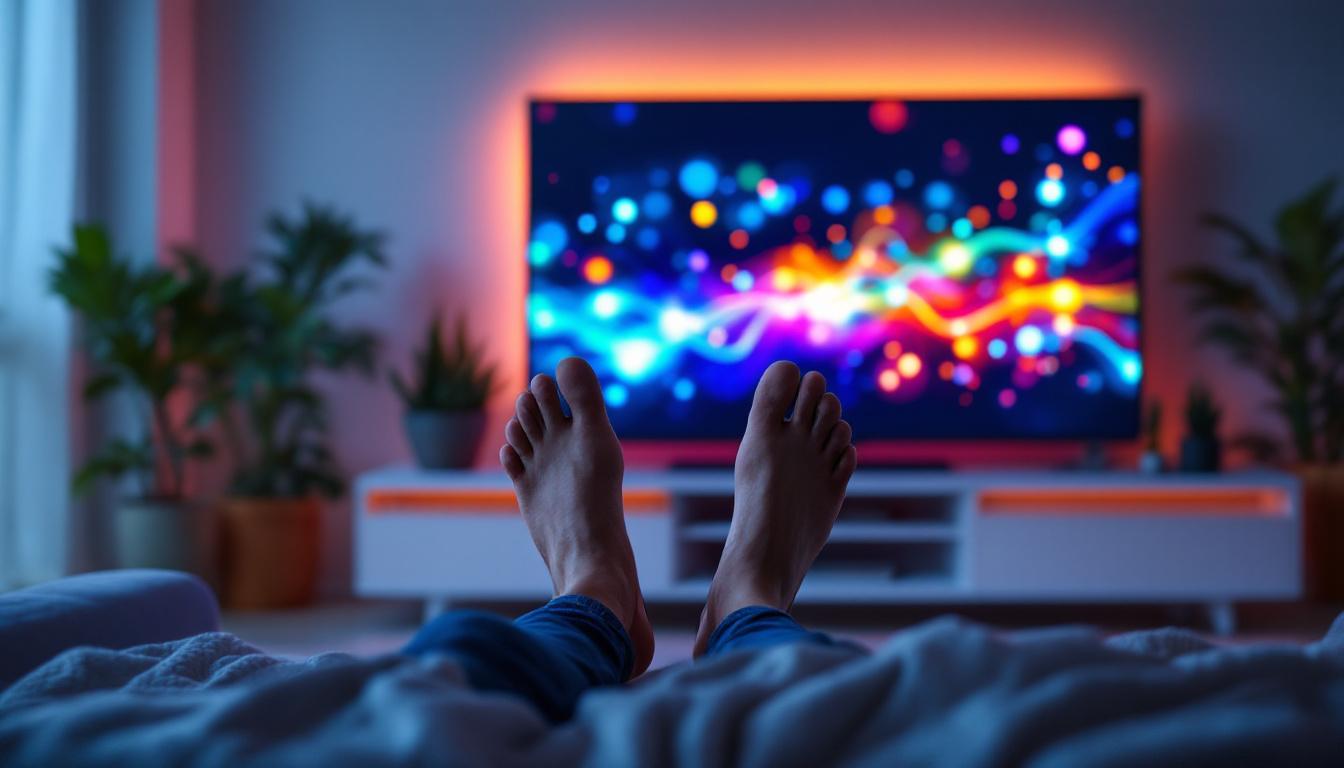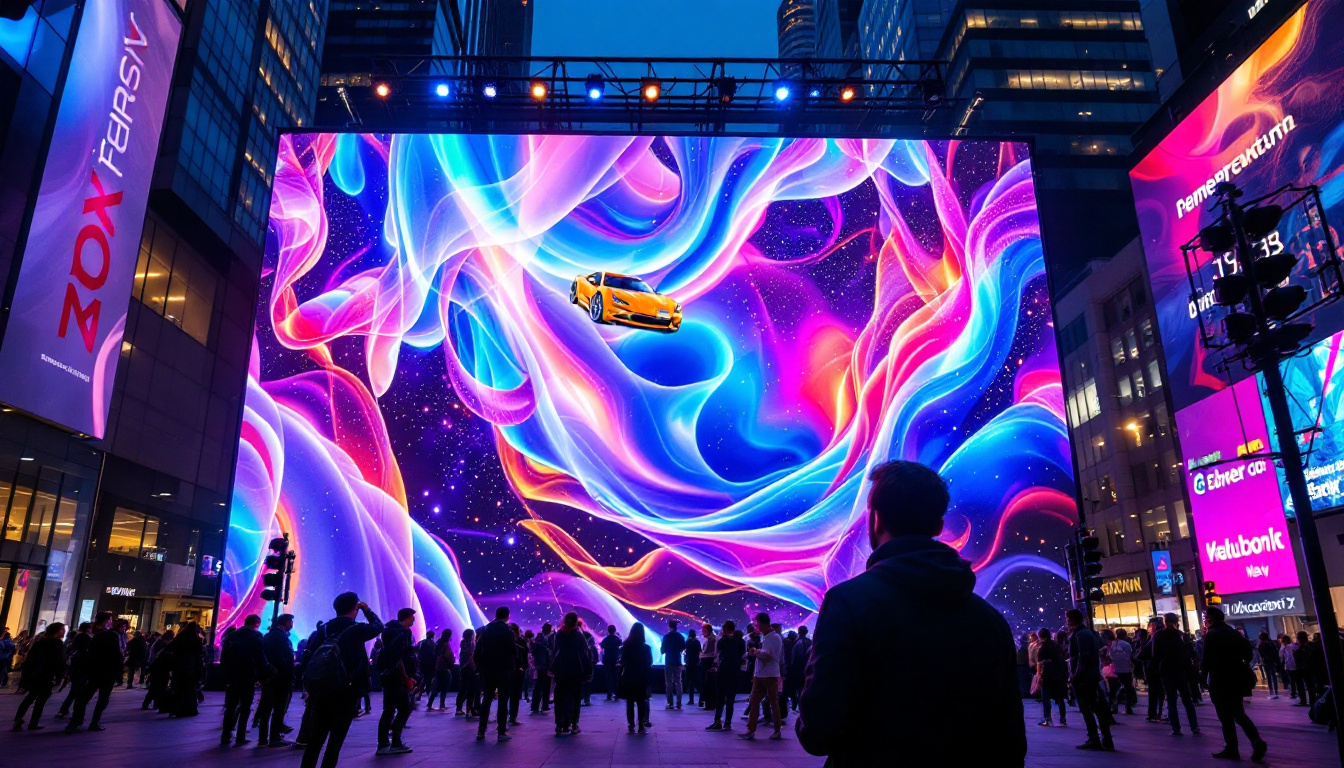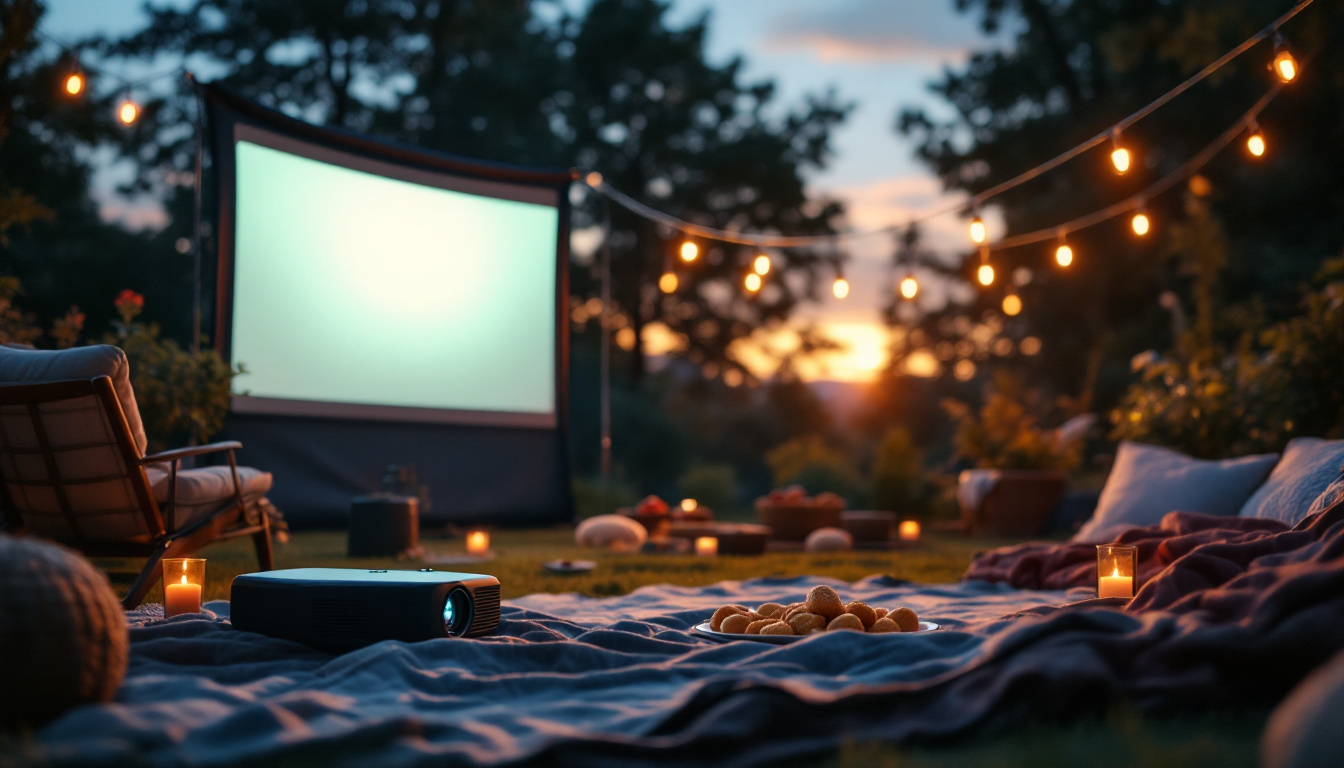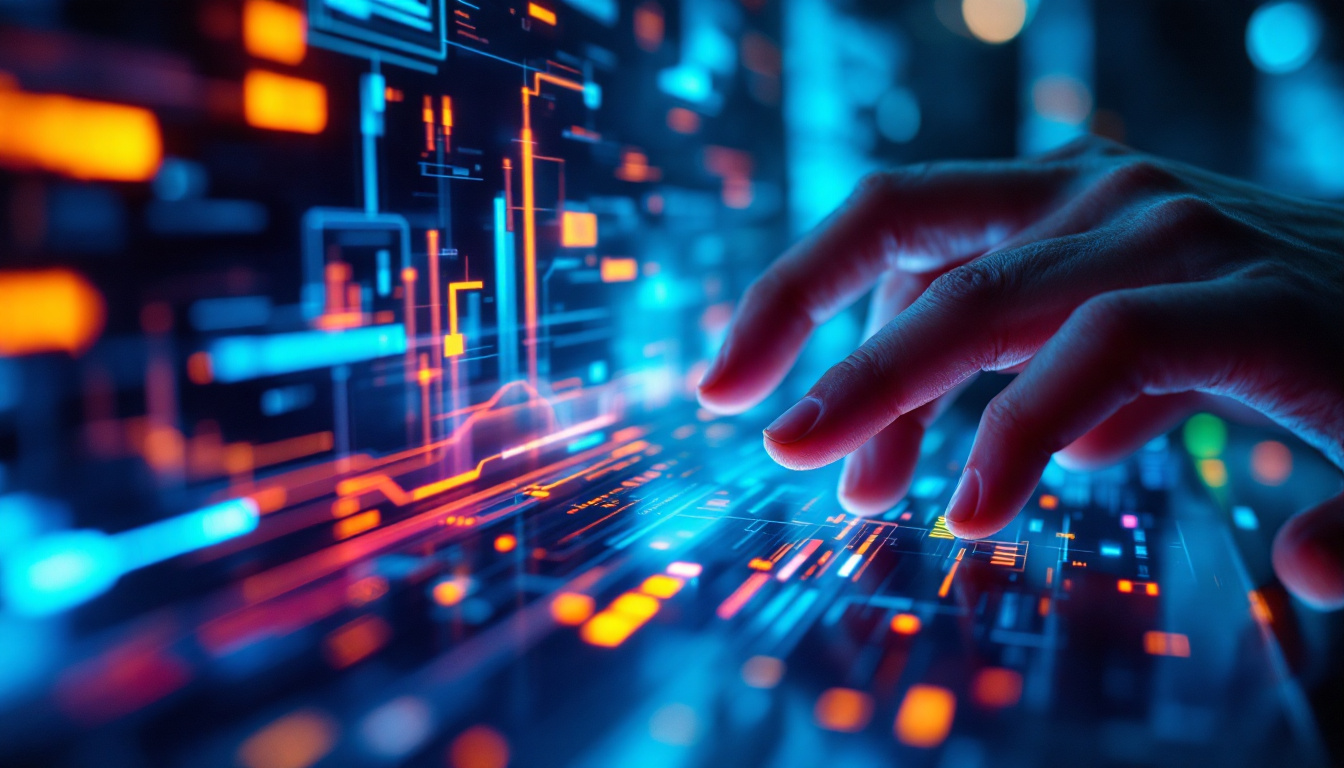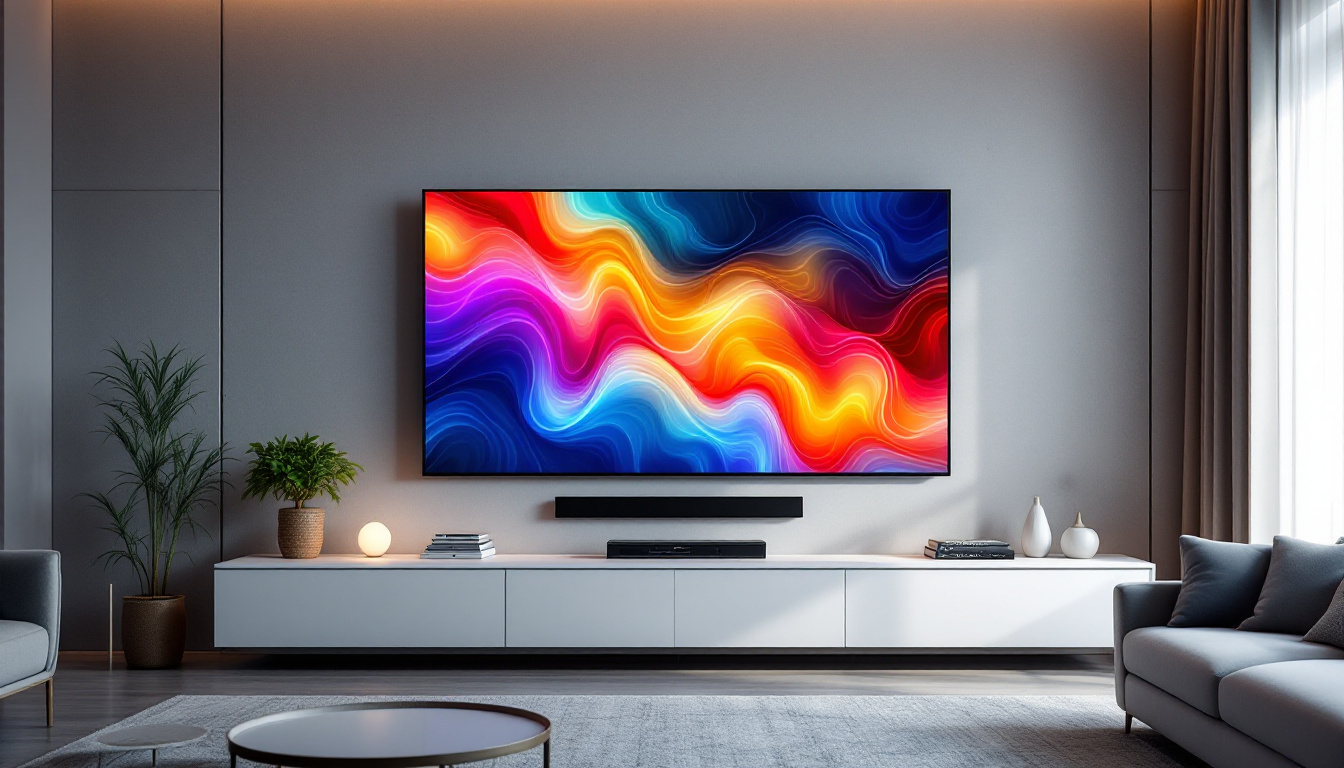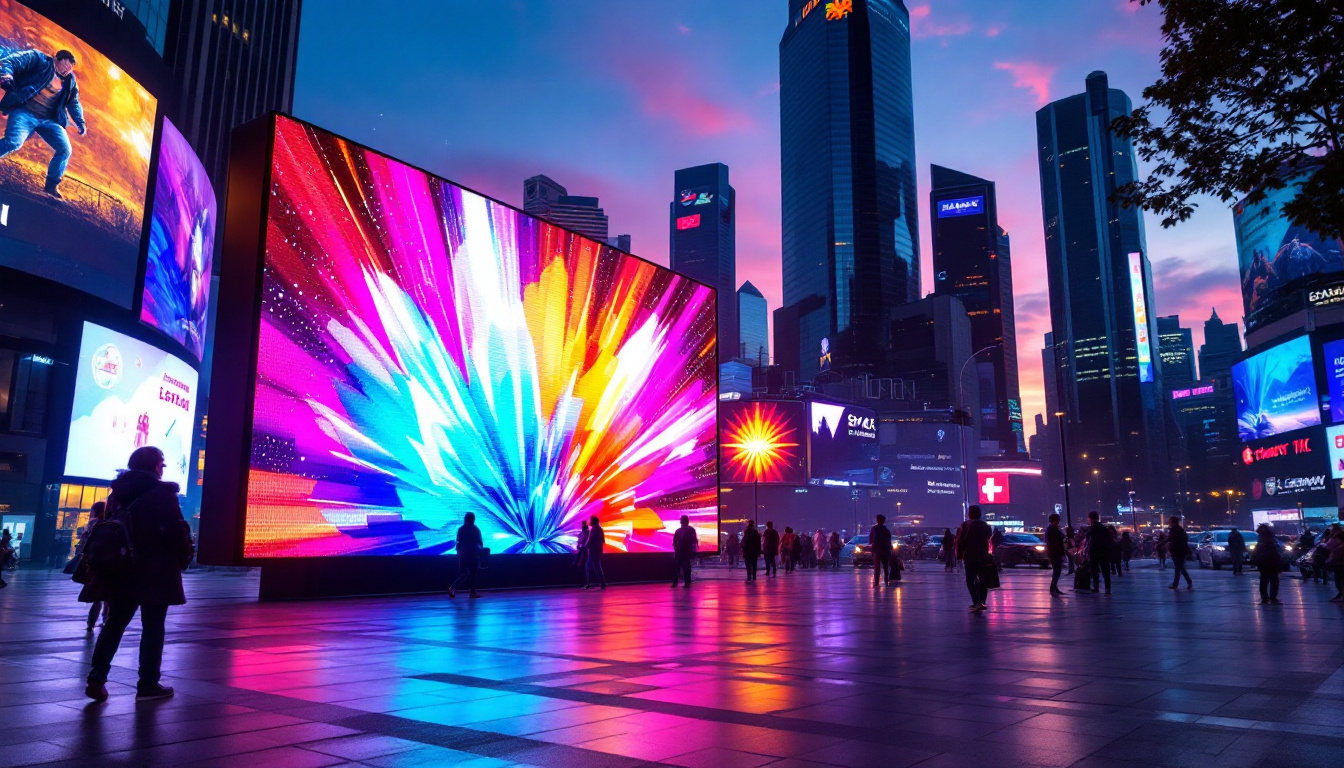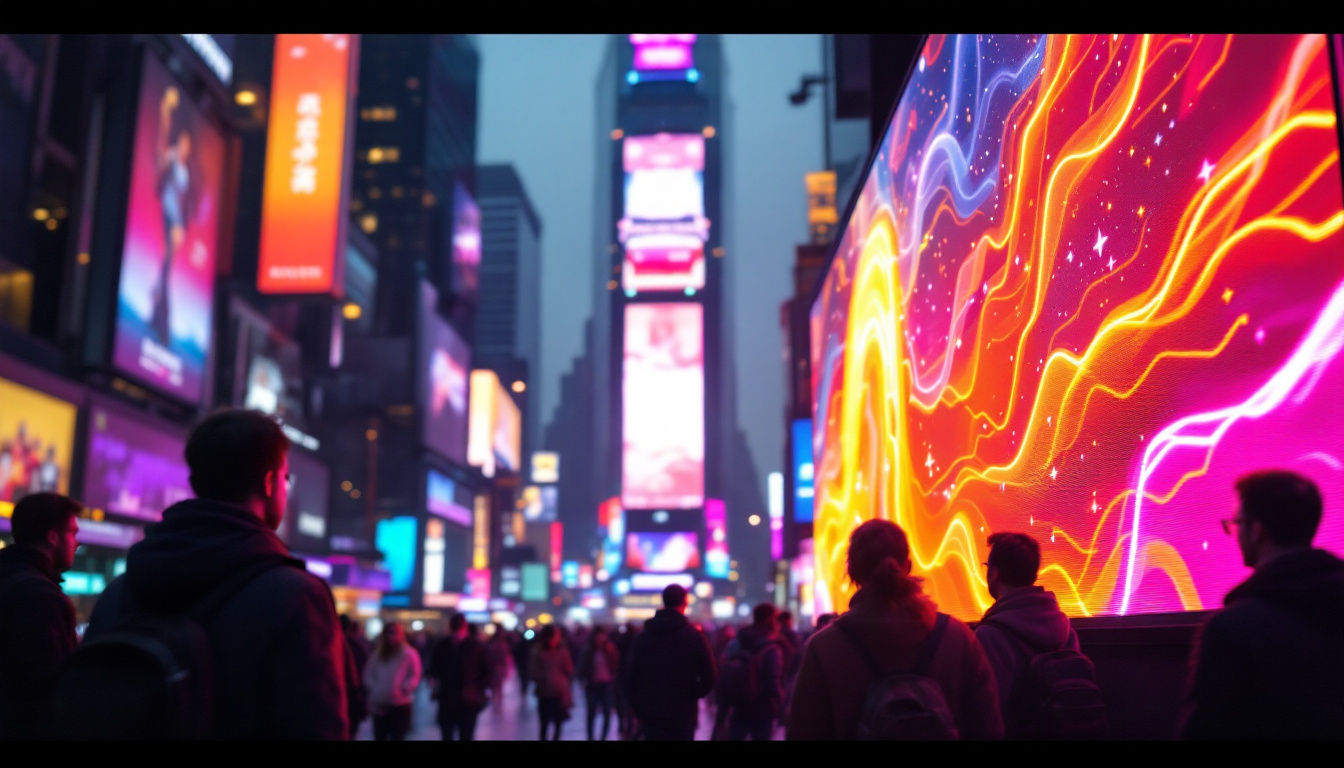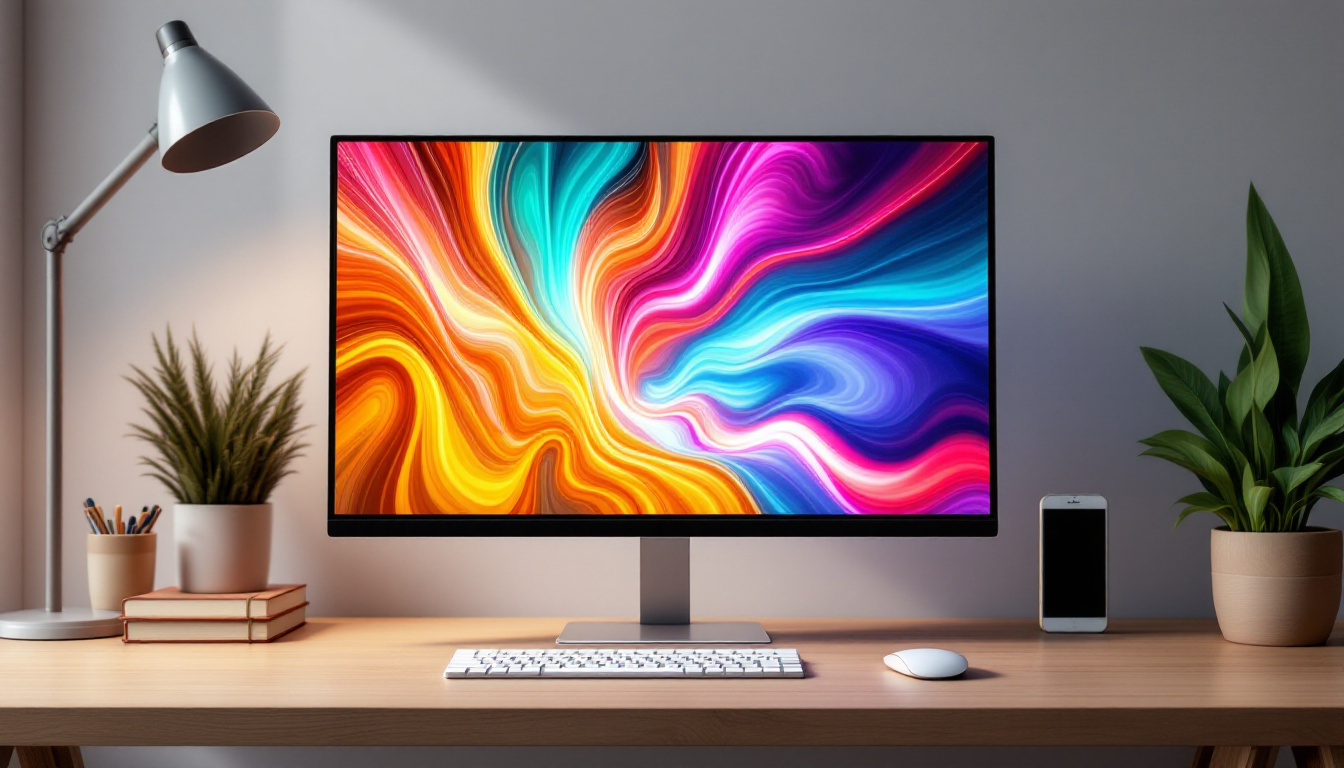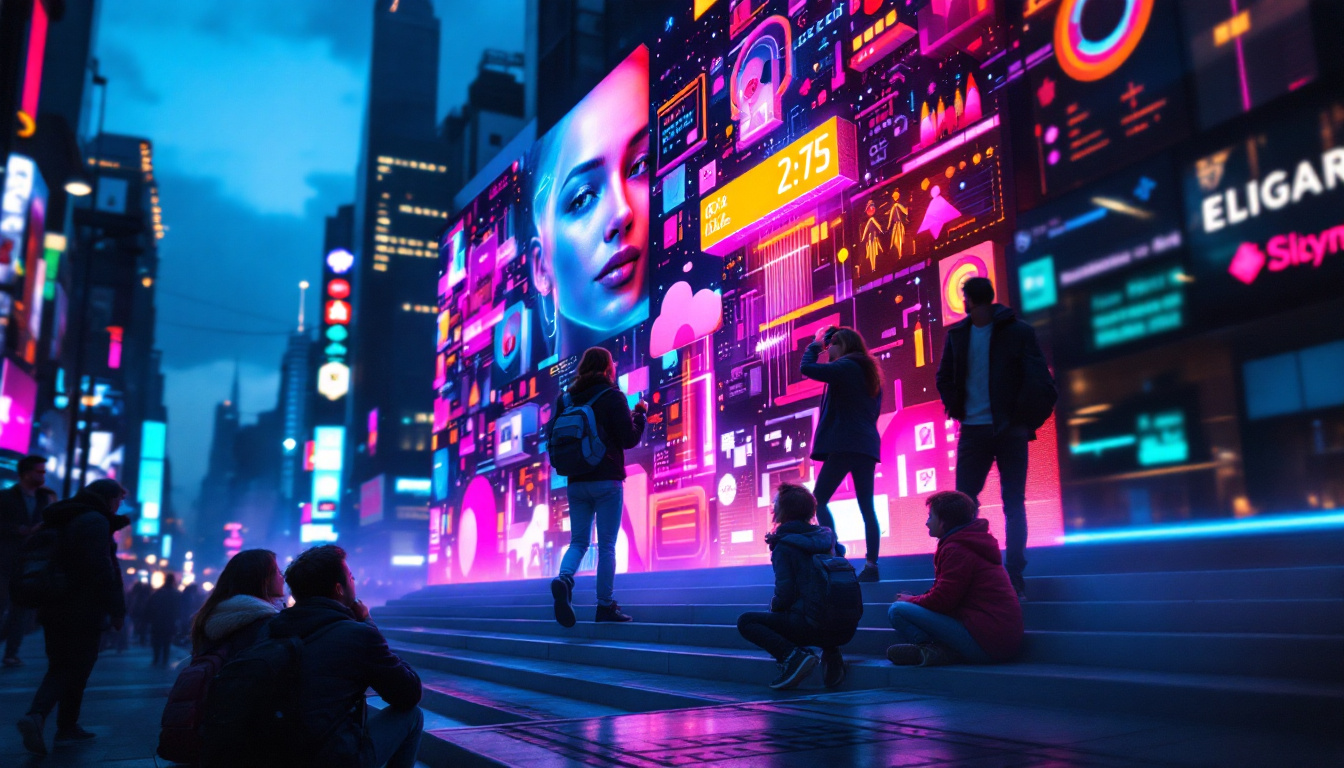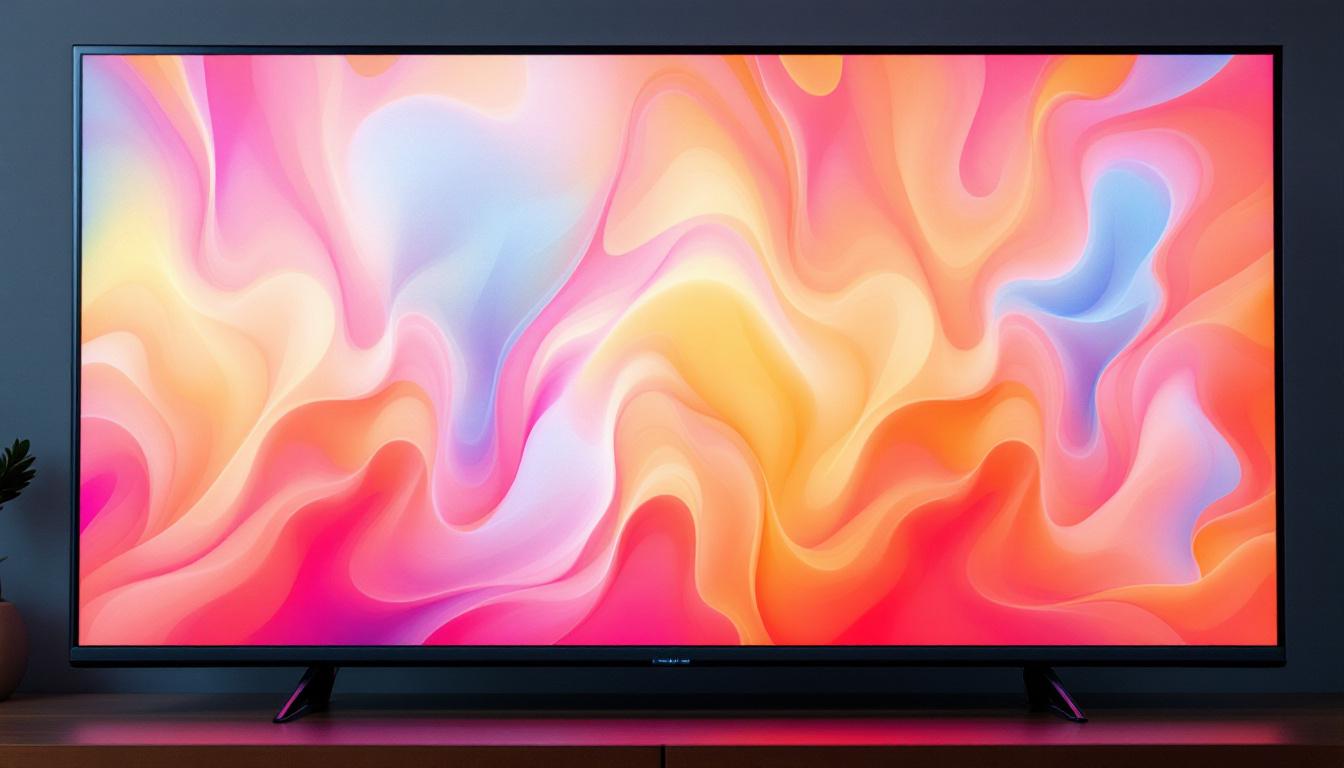In recent years, LED technology has revolutionized the way visual content is displayed, particularly in the entertainment and advertising industries. Among the most striking applications of this technology is the LED backdrop, a versatile and dynamic display solution that has gained immense popularity. This article delves into the intricacies of LED backdrops, exploring their components, advantages, applications, and future trends.
Understanding LED Backdrops
LED backdrops are large screens made up of numerous small LED panels that collectively create a vibrant display. These panels are designed to emit light and can produce a wide range of colors, making them ideal for various visual presentations. The technology behind LED displays has advanced significantly, allowing for high-resolution images and videos that captivate audiences. The versatility of LED backdrops makes them a popular choice not only in entertainment venues but also in corporate settings, art installations, and even in home theaters, where they can transform any space into a visually stunning environment.
Components of LED Backdrops
The fundamental components of an LED backdrop include the LED panels, control systems, and mounting structures. Each of these elements plays a crucial role in ensuring the effectiveness and functionality of the display. The panels themselves are often designed with energy efficiency in mind, contributing to lower power consumption compared to traditional projection systems.
LED panels are the heart of the backdrop, consisting of numerous individual LEDs arranged in a grid. These panels come in various sizes and resolutions, allowing for flexibility in design and application. The control systems manage the content displayed on the panels, enabling seamless transitions and synchronization with audio or other visual elements. Advanced control systems can also incorporate features such as remote access, allowing technicians to adjust settings or troubleshoot issues from a distance. Finally, the mounting structures provide the necessary support to securely hold the panels in place, whether they are used indoors or outdoors. These structures can be customized to fit different venues, ensuring stability and safety during use.
How LED Backdrops Work
LED backdrops operate on a simple principle: the combination of red, green, and blue (RGB) lights to create a full spectrum of colors. Each pixel on the display is made up of these three colors, and by adjusting their intensity, a wide range of hues can be produced. This color mixing capability is what allows LED backdrops to display high-quality images and videos. The brightness of LED technology also means that these displays can be used effectively in various lighting conditions, from dimly lit rooms to brightly illuminated outdoor events.
The content displayed on LED backdrops can be managed through various software applications that allow for real-time updates and changes. This flexibility is particularly beneficial in dynamic environments like concerts, trade shows, and corporate events, where the visual content may need to change frequently to keep the audience engaged. Additionally, many modern LED backdrops support interactive features, enabling audience participation through mobile devices or other input methods. This interactivity can enhance the overall experience, making events more memorable and engaging for attendees. Furthermore, with the rise of virtual and augmented reality, LED backdrops are increasingly being integrated into immersive experiences, blurring the lines between physical and digital realms.
Advantages of LED Backdrops
LED backdrops offer several advantages over traditional display methods, making them a preferred choice for many applications. Their benefits extend beyond mere aesthetics, impacting functionality, cost, and user experience.
High Brightness and Visibility
One of the standout features of LED backdrops is their high brightness levels, which make them visible even in well-lit environments. This characteristic is particularly important for outdoor events or venues with significant ambient light, where traditional screens may struggle to deliver clear images.
Additionally, the brightness of LED displays can be adjusted based on the surrounding light conditions, ensuring optimal visibility at all times. This adaptability enhances the overall viewing experience, allowing audiences to engage with the content regardless of the environment. The vibrant colors produced by LED technology also contribute to a more dynamic presentation, capturing the attention of viewers and enhancing the emotional impact of the visuals.
Energy Efficiency
Energy efficiency is another significant advantage of LED technology. Compared to traditional display options, LED backdrops consume considerably less power while delivering superior brightness and color quality. This efficiency not only reduces operational costs but also contributes to a lower environmental impact.
Furthermore, the longevity of LED panels means that they require less frequent replacements, further enhancing their cost-effectiveness. This durability makes them a wise investment for businesses looking to maximize their return on investment. In addition, many LED systems are designed with energy-saving features, such as automatic dimming during low-light conditions, which further optimizes energy consumption and extends the lifespan of the equipment.
Versatility and Customization
LED backdrops are incredibly versatile, suitable for a wide range of applications, from concerts and festivals to corporate events and trade shows. They can be configured in various shapes and sizes, allowing for creative designs that can fit any venue.
Moreover, the ability to customize content in real-time opens up endless possibilities for creativity. event organizers can tailor their visuals to match the theme of the event or adapt to the audience’s preferences, ensuring a more engaging experience. This level of customization extends to interactive elements as well, where attendees can participate through mobile devices, influencing the display content live. Such interactivity not only captivates the audience but also fosters a deeper connection between the event and its participants, making the experience memorable and unique.
Applications of LED Backdrops
LED backdrops find applications across numerous industries, each leveraging the technology’s unique advantages to enhance their visual presentations. Some of the most common uses include entertainment, advertising, and corporate communications.
Entertainment Industry
In the entertainment sector, LED backdrops have become a staple for concerts, theater productions, and live events. Their ability to create immersive environments through vibrant visuals allows performers to enhance their shows significantly.
For instance, concerts often utilize LED backdrops to display dynamic visuals that synchronize with the music, creating a multi-sensory experience for attendees. The flexibility of these displays enables artists to change themes during a performance, keeping the audience engaged and captivated.
Advertising and Marketing
In the realm of advertising, LED backdrops serve as eye-catching displays that can attract attention in crowded spaces. Brands utilize these displays at trade shows, retail locations, and public events to showcase their products and services effectively.
The ability to change content quickly allows businesses to promote different campaigns or offers without the need for physical changes to the display. This agility is particularly beneficial in fast-paced marketing environments where timely communication is key.
Corporate Communications
Many corporations have adopted LED backdrops for internal and external communications. In corporate settings, these displays can be used for presentations, training sessions, and conferences, providing a modern and engaging way to convey information.
Additionally, LED backdrops can be utilized in lobbies or reception areas to showcase company branding or highlight key achievements. This not only enhances the aesthetic appeal of the space but also reinforces the company’s identity to visitors and employees alike.
Future Trends in LED Backdrops
The future of LED backdrops is bright, with ongoing advancements in technology and design promising even more exciting developments. As the demand for high-quality visual displays continues to grow, several trends are emerging that will shape the evolution of LED backdrops.
Advancements in Resolution and Pixel Density
As technology progresses, the resolution and pixel density of LED backdrops are expected to improve significantly. Higher resolutions will enable even more detailed images and videos, making displays more lifelike and engaging.
This trend towards ultra-high-definition displays will cater to audiences’ increasing expectations for visual quality, particularly in competitive industries like entertainment and advertising. As a result, event organizers and marketers will have the tools to create even more immersive experiences.
Integration with Augmented and Virtual Reality
Another exciting trend is the integration of LED backdrops with augmented reality (AR) and virtual reality (VR) technologies. This combination can create stunning visual experiences that blur the lines between the physical and digital worlds.
For example, during live performances, artists can use LED backdrops to project AR elements that interact with the physical stage, enhancing the overall experience for the audience. This integration opens up new creative possibilities for event organizers and performers alike.
Increased Focus on Sustainability
As environmental concerns continue to grow, the industry is likely to see a shift towards more sustainable practices in the production and operation of LED backdrops. Manufacturers may focus on using eco-friendly materials and energy-efficient technologies to reduce their carbon footprint.
Additionally, the longevity of LED displays means that they can be reused for multiple events, further contributing to sustainability efforts. This focus on eco-friendliness will resonate with consumers and businesses alike, promoting a positive brand image.
Conclusion
LED backdrops represent a significant advancement in display technology, offering numerous advantages that make them a preferred choice for various applications. Their high brightness, energy efficiency, and versatility have transformed the way visual content is presented in entertainment, advertising, and corporate communications.
As the technology continues to evolve, the future of LED backdrops looks promising, with advancements in resolution, integration with AR and VR, and a growing emphasis on sustainability. For businesses and event organizers, embracing this technology will not only enhance their visual presentations but also provide a competitive edge in an increasingly visual world.
In summary, LED backdrops are more than just a trend; they are a powerful tool that can elevate any visual experience, making them an essential component in the modern landscape of visual communication.
Discover the Future of Visual Experience with LumenMatrix
Ready to take your visual presentations to the next level? Explore LumenMatrix’s innovative LED display solutions and join the revolution in visual communication. From Indoor and Outdoor LED Wall Displays to specialized solutions like Vehicle LED Displays and LED Sports Displays, LumenMatrix offers a wide array of cutting-edge products designed to captivate your audience and amplify your message. Whether you’re looking to create immersive environments or enhance brand visibility, our LED display modules are tailored to meet your needs. Check out LumenMatrix LED Display Solutions today and experience the transformative power of advanced LED technology.

